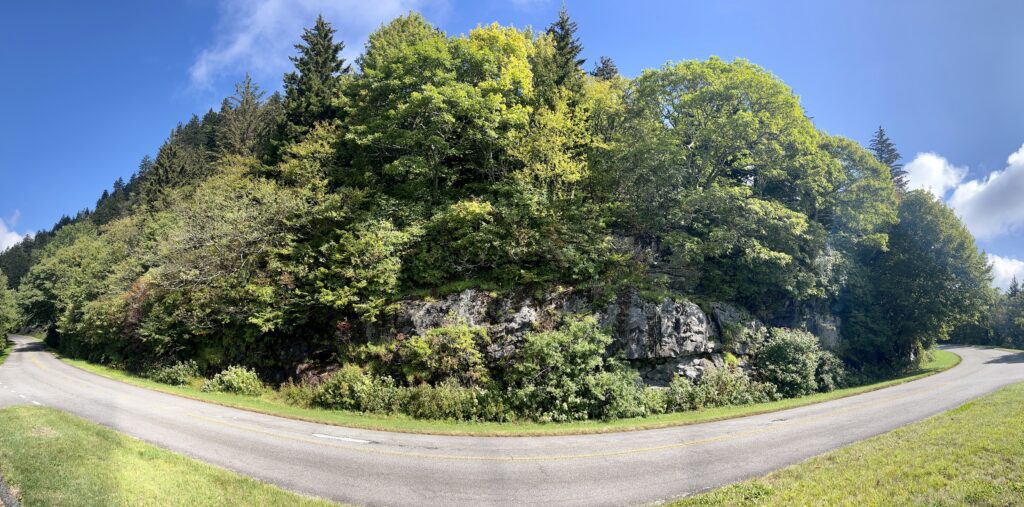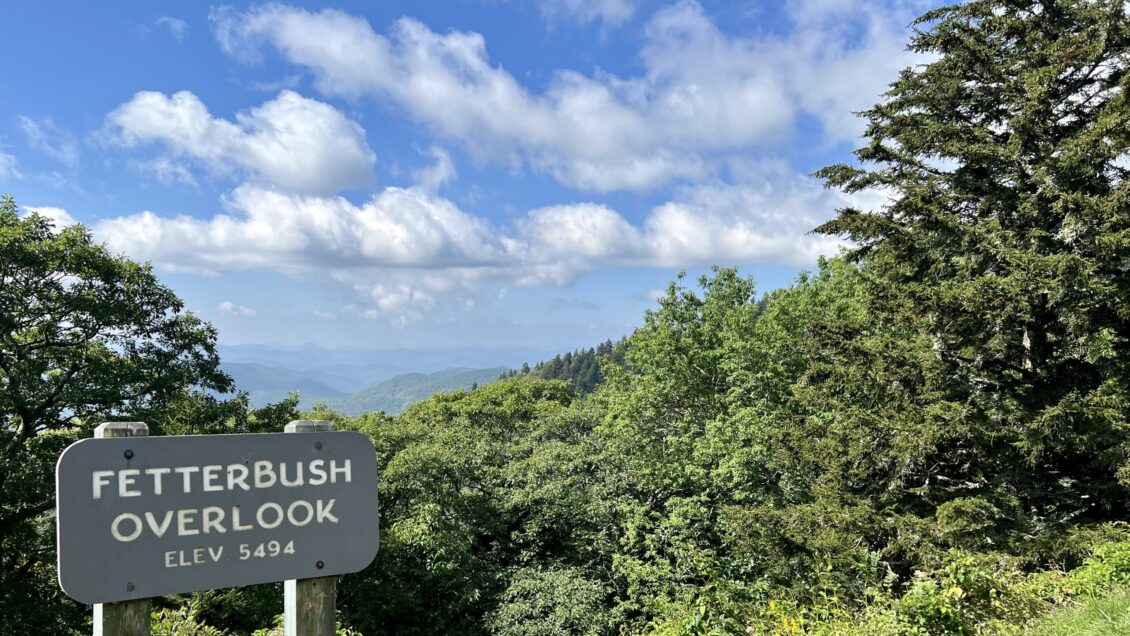It’s been said patience is a virtue, and that sentiment could certainly be applied to the fall color season in the southern Appalachians this year.
Luckily for leaf-seekers, as the weather cools and the urge to ascend into the mountains to see a vibrant palate of autumnal hues returns, the fall color itself begins to make its way down the hill to meet them.
All the leaf-seekers need is just a little patience.
While the first colors of fall peeking through naturally cause excitement, according to Clemson University Associate Professor of Forest Ecology Don Hagan, a delayed start to the leaf season isn’t necessarily a bad thing.
“When you get early fall color, that spreads out your fall color season and you get individual species that are hitting their peaks at different times,” Hagan said. “In most people’s minds, a good fall color season is one where you have a variety of different species hitting their peaks at the same time. So, this little delay we have this year — maybe just a couple days, maybe a week — is going to increase the odds that we have lots of species firing off their best colors at the same time.”
Now in his 11th year making fall foliage predictions for Clemson, Hagan made his annual trek up the Blue Ridge Parkway in mid-September to observe the conditions as autumn approaches. Standing at 5,500 feet in elevation at the edge of the Pisgah National Forest near Brevard, North Carolina, the surrounding canopy still completely green around him, Hagan gave reassurance that fall color was coming — soon.
The trees are just awaiting the signal from Mother Nature, he said.
“If we get some cooler weather, which you know we will as we get into fall, those shorter, cooler days and longer nights are the environmental triggers that are going to bring about the change for most species,” Hagan said. “At this elevation this year, it might be delayed a little bit. Maybe a few days later than what would be the typical peak of fall color — not a lot, but a few days. The first couple of weeks of October, maybe even the third week, should be really nice up at these higher elevations.”

And it’s at those higher elevations — around the magical mark of 5,000 feet — where you can see the amazing diversity of tree species in the southern Appalachians begin to change. Above, most trees are tall conifers — like a Christmas tree — that are evergreens, which do what the name suggests: stay green year-round.
Below, however, deciduous species begin to emerge — northern red oaks, maples and yellow-poplars, among many others — and the change starts to happen there as the weather cools.
“The way elevation really influences fall color is the timing. At these higher elevations, it’s cooler and you get that fall weather earlier, so you start to see the leaves changing earlier up here,” Hagan said.
If you look at leaves in the summer, the green color comes from chlorophyll, the primary light-harvesting pigment that trees use to fuel the process of photosynthesis, by which they turn carbon dioxide into sugars that fuel their growth.
But when deciduous species drop their leaves at the appropriate time each year, they don’t simply drop them instantaneously. A period begins called senescence — the process of aging in plants — and the trees stop “investing” in their leaves.
“One of the first things that happens when a tree stops investing or maintaining that leaf is the chlorophyll degrades. It stops rebuilding that chlorophyll and then it reveals some of the other pigments, like the yellows and the oranges, that were always present beneath the chlorophyll but not visible. And then when you get bright, sunny days, there’s some chemical reactions that take place in some species that can trigger the development of those red and purple pigments,” Hagan said.
And as cool weather begins to descend the mountain, so too does the fall color. A general rule of thumb is the color moves at a rate of about 1,000 feet per week as fall continues.

“What you’re going to see is that peak fall color spilling down the hill at a rate of about 1,000 feet a week as we continue through the fall, probably hitting fall color around the Upstate of South Carolina right there around early November,” Hagan said.
For those back on Clemson’s campus, Hagan said that while some fall color may emerge as soon as late September in species such as black gum, sourwood and dogwood, the peak of fall color season in lower elevations — below 1,000 feet — would require a little more patience.
“Especially this year if it’s delayed a little bit, oftentimes it could be that first week of November maybe into about Nov. 10, we could see some really good fall color in the Upstate,” he said.
But while Hagan’s expertise allows him to make an educated guess at timing, the vibrancy of the colors on display this fall — the range and brightness of hues — is still yet to be determined. The ideal conditions to bring out fall color are clear and sunny with a progression of mild cold fronts that gradually lower temperatures without causing an early frost.
“We don’t want to see that gray, soggy, cloudy weather. It’s the sunlight that really triggers the chemical reaction that brings out your brightest colors, especially your brightest reds and purples,” he said.
Get in touch and we will connect you with the author or another expert.
Or email us at news@clemson.edu

